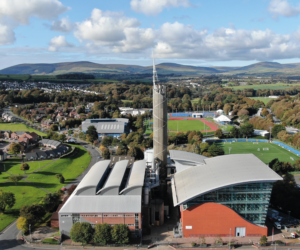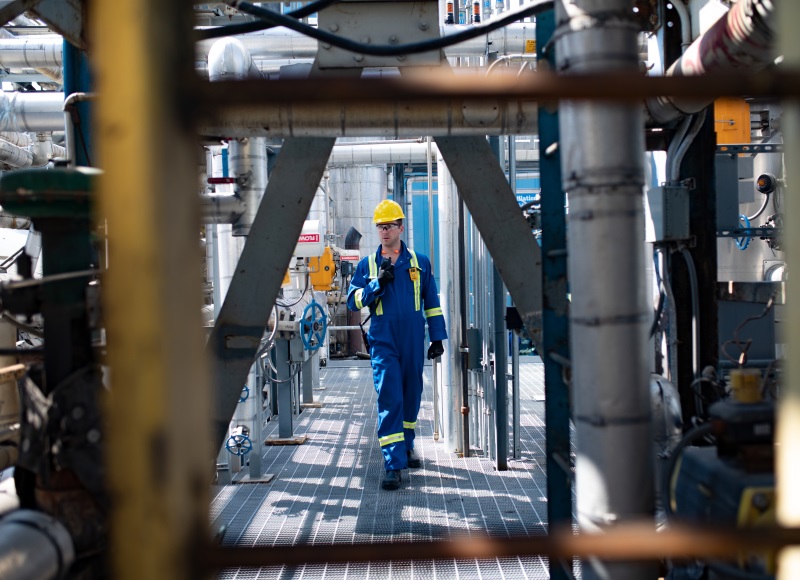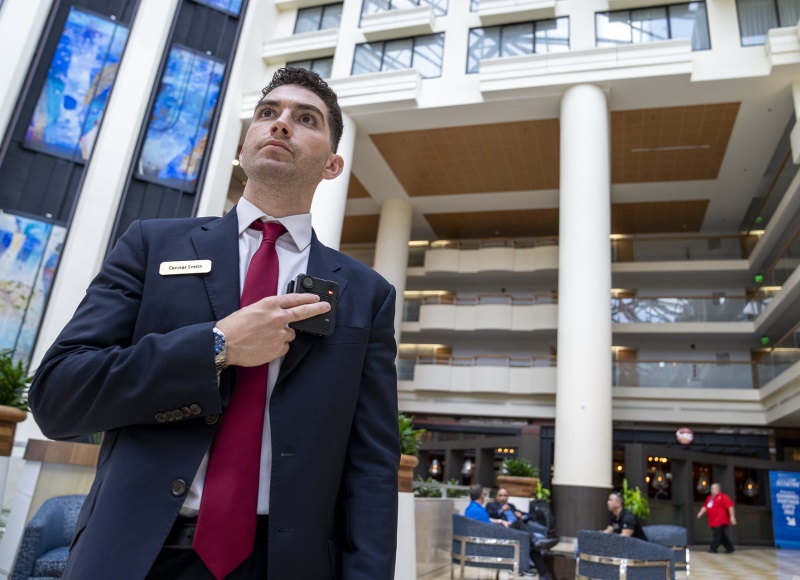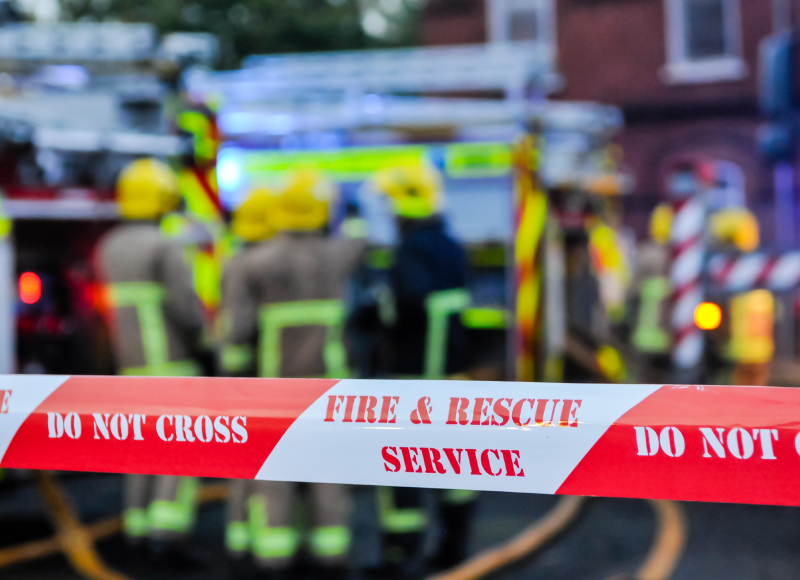

Is your organisation facing challenges such as budget constraints, slow technology adoption, or managing multiple outdated software systems? These are just a few of the hurdles our clients have highlighted.
Imagine consolidating several of your processes into a single platform that handles incident logging, job tracking, lone worker requests, alarm notifications, and multimedia and file sharing for example. With dispatcher software, you can simplify your operations, reducing the burden of managing multiple systems and processes. By integrating technologies such as two-way radios, smart devices, and PCs, this software creates a centralised command centre that streamlines operations, enhances safety processes, and improves overall efficiency.
In this blog post, we will delve into the benefits of dispatcher software and provide real-life examples of how organisations have used it to streamline voice and data communications, resulting in enhanced safety and productivity.
How dispatcher software works and its key features
1. Centralised command centre: dispatcher software acts as a centralised hub, allowing teams to efficiently manage tasks, monitor ongoing operations, and communicate seamlessly. By centralising communication, organisations can streamline workflows, reduce errors, and boost overall productivity.
For example, in a transportation company, the software allows dispatchers to efficiently manage tasks, monitor ongoing operations on and off site, and communicate with drivers and other stakeholders.
Instead of relying on multiple communication channels, such as phone calls, emails, and text messages, the dispatchers can use the software as a central hub. They can connect through voice and data i.e. call directly to the device installed within the cab, assign tasks to drivers, track their progress, and provide real-time updates to customers or other departments within the organisation.
By centralising communication, the transportation company can streamline workflows and avoid errors that may occur due to miscommunication or lost information. Dispatchers can quickly understand the status of each task, identify bottlenecks or delays, and take proactive measures to resolve them.
2. Instantaneous communication: teams can communicate instantly or override a channel eliminating the need for time-consuming phone calls or lengthy delay, which is crucial in emergencies, security operations, and business-critical situations.
For example, let’s say a security team member notices a suspicious person that requires immediate attention. Instead of making a phone call and having to explain the situation verbally, they can utilise their allocated devices (two way radio, smart device) to send an instant message to the relevant individuals, including the on-site security team, the central command centre and managers off site.
This real-time communication ensures that everyone is aware of the situation without any delays, enabling a swift response. The security manager can also access the application’s dashboard or interface to monitor the situation as it unfolds, making informed decisions based on the shared data.
By utilising instantaneous communication and data sharing tools, the security company can improve efficiency, and reduce response times for their client.
3. Integration of multiple technologies: seamlessly integrate multiple technologies such as two-way radios, smart devices, and PCs. This integration enables teams to communicate using the most suitable device for their specific needs, enhancing safety and efficiency.
For example, in an University setting, the facilities team and administrators can use their smart devices or PCs to communicate through the dispatcher software app to make a broadcast call to all or individual users, share information via multimedia messaging and benefit from safety features such as man down, shake detection (raise an alarm by shaking the device), or, no movement.
Through the same system, security personnel or campus maintenance teams can respond to the above using their two-way radios for real-time communication, whilst also benefiting from additional features such as man down, and lone worker.
Furthermore, this integration can be extended to include other technologies such as digital signage or emergency alert systems.
4. Improved collaboration: facilitate collaboration among team members through features like all and personal user group communication, call recording, multimedia sharing and messaging. These tools enable teams to work together seamlessly, enhancing coordination and facilitating quick decision-making.
For example, at an airport the use of this technology can greatly improve collaboration among different teams and departments. The security team can use the all and personal user group communication feature to communicate with each other quickly and efficiently day to day or during emergency situations. They can also use call recording to review and analyse past incidents for training purposes.
Facilities management can utilise the multimedia sharing feature to share images and videos of maintenance issues, allowing for easier identification and faster resolution. This not only enhances coordination between facilities management and other departments but also improves overall efficiency in maintaining airport facilities.
In airside operations, the messaging feature can be used to communicate real-time updates and notifications to pilots and ground support staff. This ensures that everyone has the most up-to-date information, helping to avoid delays and improve the overall safety and efficiency of airside operations.
Examples of Radiocoms clients who are benefiting from dispatcher software:
Here are some real-life examples from various industries demonstrating how this solution can boost safety, team connectivity and productivity.

British Airways: selecting Motorola Solutions’ WAVE PTX platform as part of its digital transformation initiative to enhance communication and collaboration across its ground operations in the U.K, the system enabling employees to use their smartphones or tablets for instant and secure Push-to-Talk (PTT) and ground to air communication, enhancing efficiency and responsiveness. The platform also includes features such as location tracking, group messaging, and real-time availability status updates.

HMP Rye Hill: rolled out dispatcher software to streamline communication among staff members. By integrating the control room software with their MOTOTRBO capacity plus two-way radio system, the facility improved operational efficiency and ensured a safe and secure environment for both inmates and staff.

Manx Utilities: to support and expand their communication infrastructure Manx Utilities selected TRBOnet enterprise. By integrating two-way radios, smart devices, and other technologies, the software enabled seamless communication between field teams and the control centre, resulting in improved response times and minimal downtime for critical infrastructure operations.

ScottishPower Renewables: needing a resilient way to connect with employees regardless of their location, SPR integrated with their Motorola two-way radios and the SmartPTT dispatch system, improving communication between field technicians and the control centre. This streamlined communication led to faster response times for maintenance requests and ensured uninterrupted operations of their renewable energy facilities.
To summarise,
To be safe, your communications must be reliable. By integrating various technologies to develop a tailored solution for your organisation, information flows seamlessly, without interruptions, this leads to advantages such as improved efficiency, better collaboration, safer working environments and ultimately cost savings.
In our next post we will cover how to deploy dispatcher software with tips on the best practices and considerations.
Let’s start a conversation
Are you considering how you can select the right software apps to compliment your communication system? Unsure of which route to go down? Our sector is advancing rapidly and their capabilities can make a real difference to your employees and your organisation. Let’s start a conversation:
Live Chat | 033 3939 0022 | sales@radiocoms.co.uk
Read more
Let’s start a conversation
If you would like further information, or to discuss your requirements onsite:
Book An Appointment | Arrange A Quotation | Call 033 3939 0022








